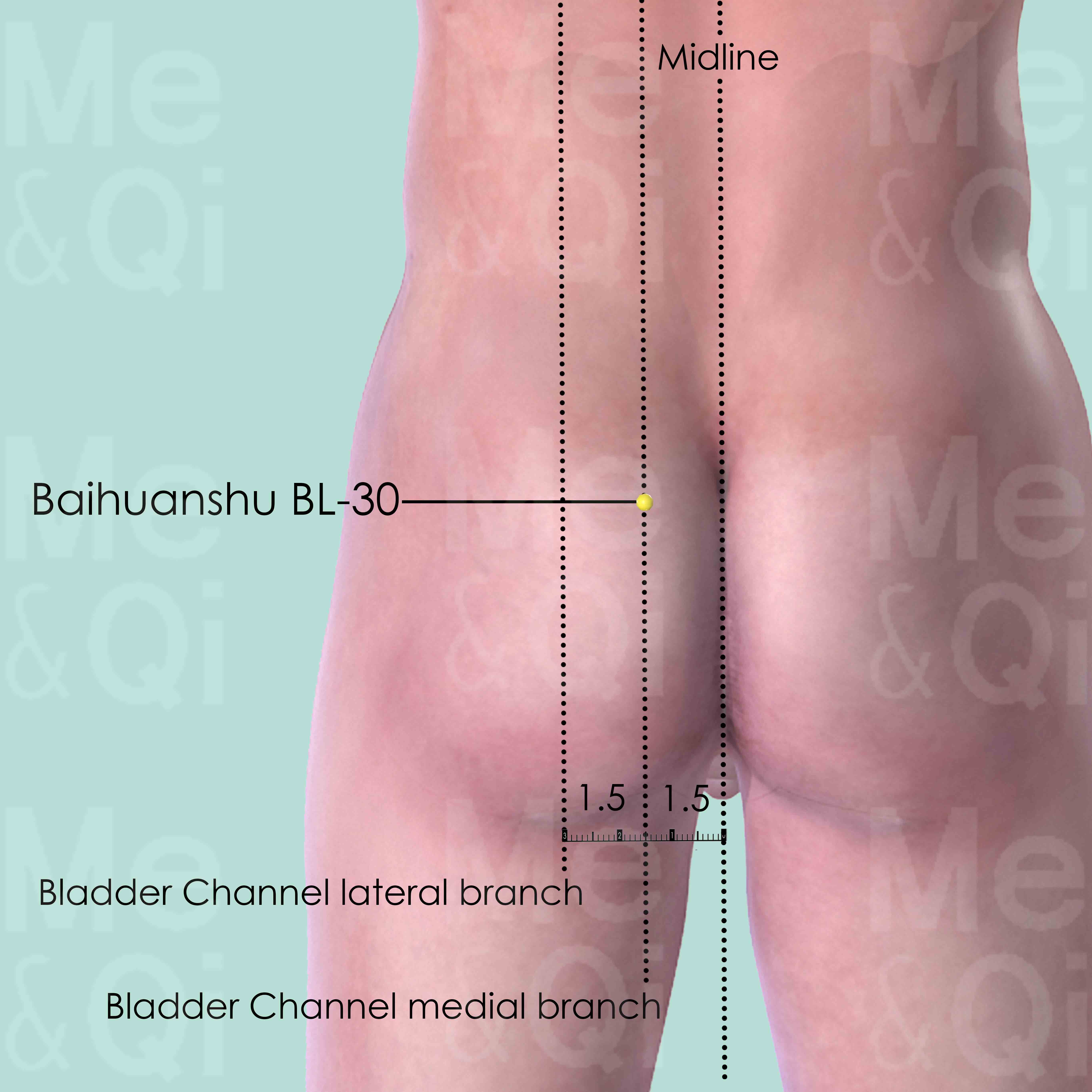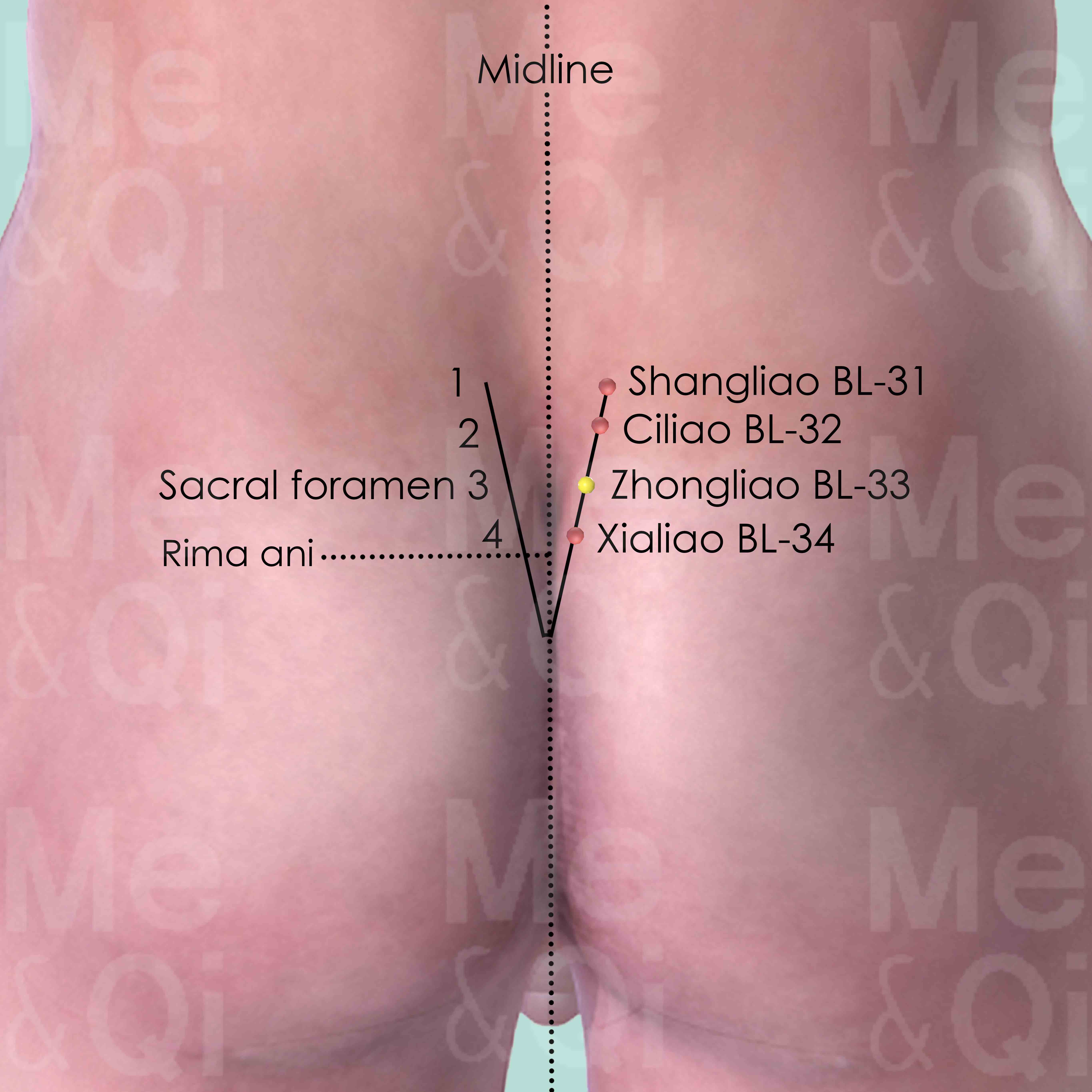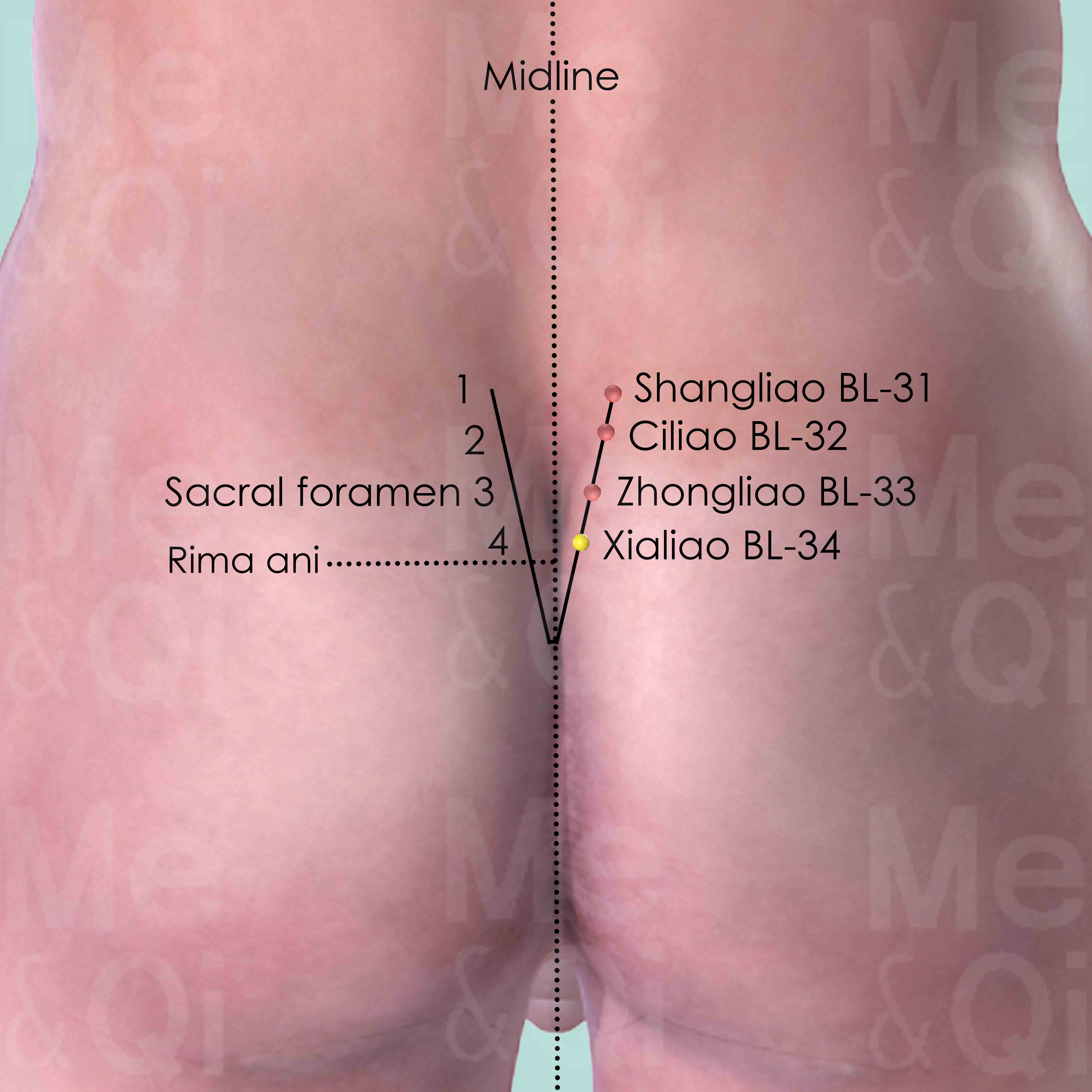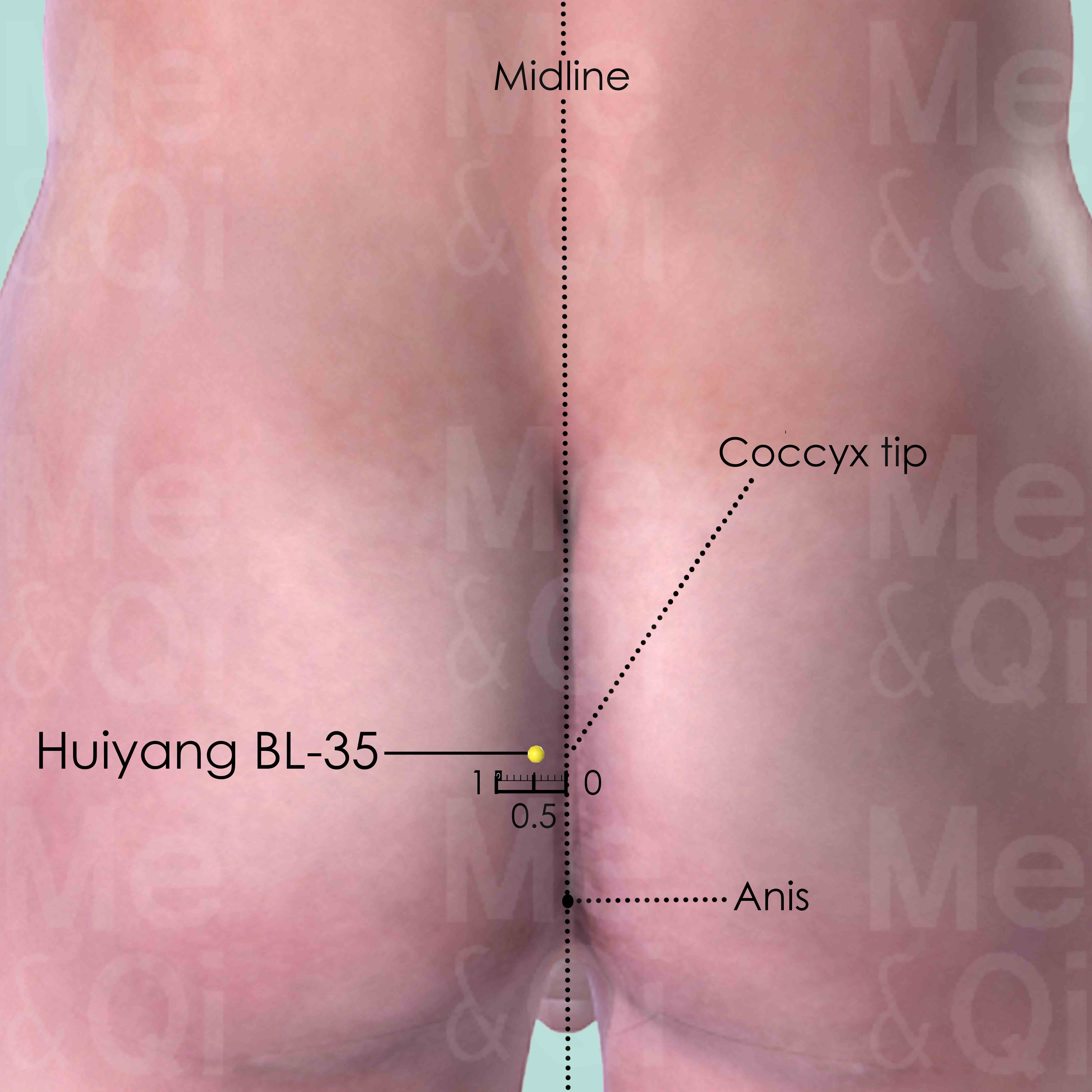Coccyx Painaccording to TCM
Symptom families: Bone and Skeletal Symptoms and Disorders, Sacrum and Coccyx Disorders and Symptoms
Did you mean? Sacral Pain
What is Coccyx Pain?
Coccyx pain, also known as coccydynia or tailbone pain, is a condition characterized by discomfort and soreness at the base of the spine, right above the buttocks. This pain can range from mild to severe and may be exacerbated by sitting for prolonged periods, standing up from a seated position, or during physical activity.
Coccyx pain can stem from various causes, including falls, prolonged sitting on hard surfaces, childbirth, or even without an apparent reason. The discomfort it causes can significantly impact an individual's quality of life, making even simple tasks challenging.
How does TCM view Coccyx Pain?
Traditional Chinese Medicine (TCM) approaches coccyx pain from a holistic perspective, viewing it as a manifestation of underlying disharmonies within the body's energy system or Qi. Unlike Western medicine, which often focuses on the physical aspects of the condition, TCM considers both the physical and energetic elements, suggesting that coccyx pain can result from Qi Stagnation, Dampness, or a Deficiency in Kidney and Liver energy.
Identifying the specific pattern of disharmony is crucial in TCM, as it guides the treatment strategy, which may include acupuncture, herbal medicine, and Qi Gong, aiming to restore balance and alleviate pain.
Acupoints for Coccyx Pain
In the treatment of coccyx pain, TCM recommends specific acupoints located along the Bladder Channel, which are believed to effectively address the root causes of discomfort. One such point is Baihuanshu BL-30, located at the level of the 4th posterior sacral foramen, known for its ability to strengthen the lower back and legs, benefit the anus, regulate menstruation, and stop seminal emissions or leukorrhea.
Huiyang BL-35, found on either side of the coccyx tip, is another crucial point that clears Damp-Heat, regulates the Lower Burner, and specifically benefits the coccyx area. Additionally, Xialiao BL-34 and Zhongliao BL-33, located in the posterior sacral foramina, are recommended for their roles in regulating the Lower Burner, resolving Dampness, benefiting the lower back and legs, and facilitating urination and defecation. These acupoints reflect TCM's intricate understanding of the body's energetic pathways and offer a non-invasive approach to managing coccyx pain.
Explore below some acupoints used to address coccyx pain, organized by meridian.
- By Meridian
- Bladder Channel

Baihuanshu BL-30
At the level of the 4th posterior sacral foramen, 1.5 cun lateral to the posterior midline.

Zhongliao BL-33
In the 3rd posterior sacral foramen, between the posterior superior iliac spine and the midline.

Xialiao BL-34
In the 4th posterior sacral foramen, between the posterior superior iliac spine and the midline.

